How It All Began

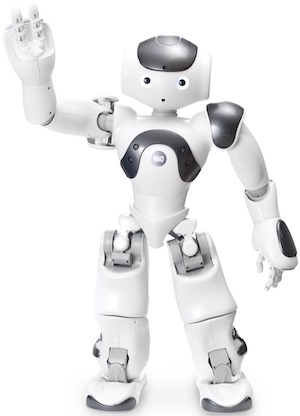
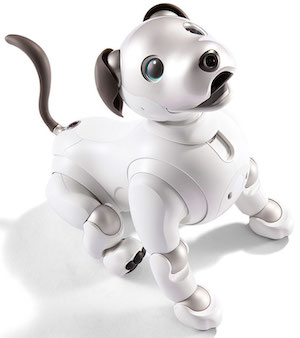
Fascination with animation. Since I was a young kid, I have been fascinated with animation! More specifically, I have been fascinated with the animation of inanimate things that appear as if they are real animate entities! This led to my fascination with the humanoid robots that appeared in sci-fi content, since they were animated machines which mimicked human behavior.
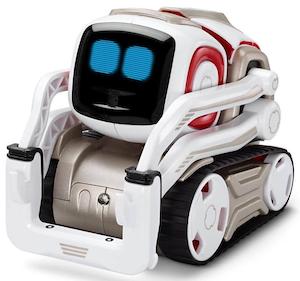
From drones to robots. In 2015 (a pivotal year for all my hobbies), when I was passionately researching the new trend of modern, self-balancing drones (see My Drones Story), my Amazon search results included a new super cool AI robotic toy called Cozmo. When I bought him on a whim and turned him on, it was like a Pixar character came to life!
.jpg)
.jpg)
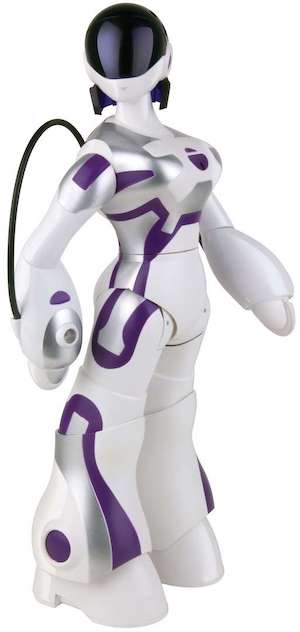
Searching out robots. And so began my fascination with collecting robots - searching the web for info on the best consumer robots around (current and past)! My best source were YouTube channels:
- KhanFlicks: Demoing so many robots (new robots as they come out and some older robots still available) that I found out about the vast majority of robots in my collection through his awesome channel - to the point where my collection rivaled his. Also, we became friends (via Facebook) after he brought his collection to Austin, Texas for a children's event, and I drove out there to meet him in person and compare our collections (with photos of my Hobby Room)!
- Robot Review Tech (previously LJP Tech): Covering all the latest robots, especially those from China.
- Eric's Tech World: Down-to-earth robot reviews and comparisons.
Defining the Collection
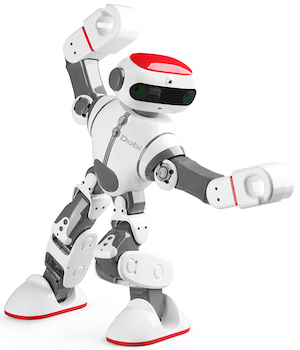

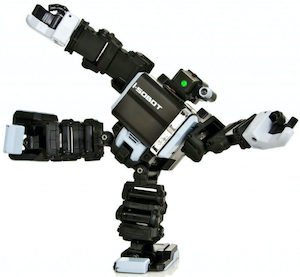
Collection criteria. Eventually, I based my robot collection on the following criteria:
- Design
- ■ aesthetics
- ■ not for kids only
- Movement
- ■ naturalistic or interesting
- ■ walks or rolls
- Interaction
- ■ sound
- ■ vision
- ■ voice recognition
- ■ movement sensor
- ■ obstacle avoidance
- ■ facial recognition
- ■ object identification
- ■ grab/hold
- ■ speech
- Personality
- ■ engaging conversation
- ■ artificial life (perceived as autonomous and curious)
- ■ artificial intelligence
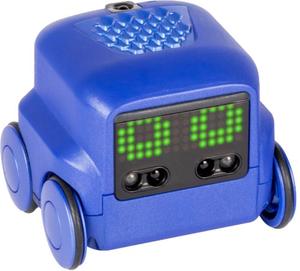
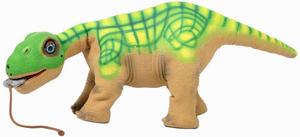
.jpg)
Not just for display. Unlike other collectibles where you keep them in a display case, I want to interact with my robots and observe their wondrous behavior, more than having them look cool on display 😀 To do so, I have a battery management system, especially for the dozen or so robots who must charged every 2-12 months, so the their expensive batteries do not die! In addition, the enjoyment part of this hobby motivated me to build the dance floor in the hobby room, taking up so much real estate for the purpose of play.

Robot purposes. Every robot in my collection has been assigned a Purpose, explaining why someone would want it.
- companion: designed to keep you company.
- desk-mate: designed to keep you company with fun diversions while you work
- pet-like: designed to be a pet, feeling alive through movement, expressions, and tactile interaction.
- friend-like: designed to be a friend, feeling alive through dynamic, intelligent, emotional conversation (requiring AI) augmented by embodiment (movement and sensor responses).
- friend-like (virtual): designed to be a friend (just like above), but with a virtual body rather than a physical one.
- entertainment: designed to entertain with tricks, interesting behaviors, and movement.
- dancing: designed to entertain with choreographed dance routines and rhythmic motion.
- fighting: designed to entertain through competitive battles between robots.
- flying: designed to entertain with animal-inspired flight (birds, insects), unlike my drones which are not animal-mimetic.
- service: designed to serve by performing useful tasks.
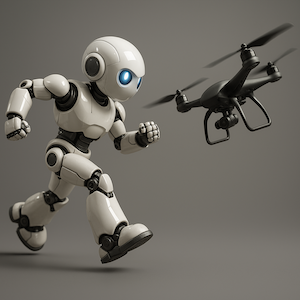
Robots vs. drones. There is some overlap between what I call robots and what I call drones, so I had to clearly define a rule to separate them.
- The rule. A robot is a machine that feels alive. That sense of life may come from autonomy (responding on its own) or from pre-programmed animations that mimic human or animal behavior. If it doesn’t feel alive, it belongs with drones (which includes all remotely controlled vehicles).
- Case 1. Flying machines controlled remotely (which would typically be considered drones) that feel like real birds or insects flying through the air are classified as robots.
- Case 2. Robo Trax (which clearly appears as a transforming robot) does not feel alive and thus is classified as a drone.
- Case 3. 8WD Stunt Robot Dog (which is mostly a
robot
anddog
in name) does not feel alive and thus is classified as a drone.
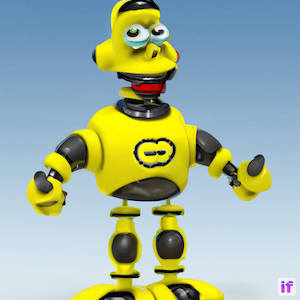
Not making the cut. My collection includes all the 125+ robots that I have ever had, including those no longer in the collection (died, gifted, or removed). Even so, if you do not see a robot in my collection, it is very likely that I evaluated it, often acquiring it to experience it. But to remain in the collection, it must meet my collection criteria - primarily not being designed only for kids and inspiring repeated engagement. And from over 125 robots in my collection, then sitting for awhile at around 100, I only now have about 60 that remain.
Enjoying the Collection
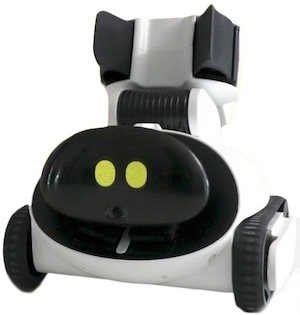
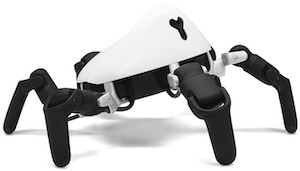
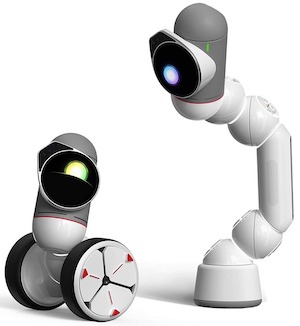
Fascinated with their simulating human/animal behavior. People often perceive me as playing with these toys
like a young child would, but actually, I am just fascinated with seeing them move and behave like humans/animals. This fascination extends to artificial intelligence (AI) - which is needed to allow robots to behave more naturally and to not be bound to static scripts.
My Collection. See pics, videos, and my reviews for my 125+ robots! 🧸 Details
My Companion Robot Criteria. Discover the standards I use to evaluate companion robots and decide which truly belong in my collection!
My Robot Evolution Categories. See how consumer robots evolved from early pets to many other forms, including today’s AI companions!
My AI FAQ. Read about my thoughts on AI, and visit some cool AI links!


 to return
to return